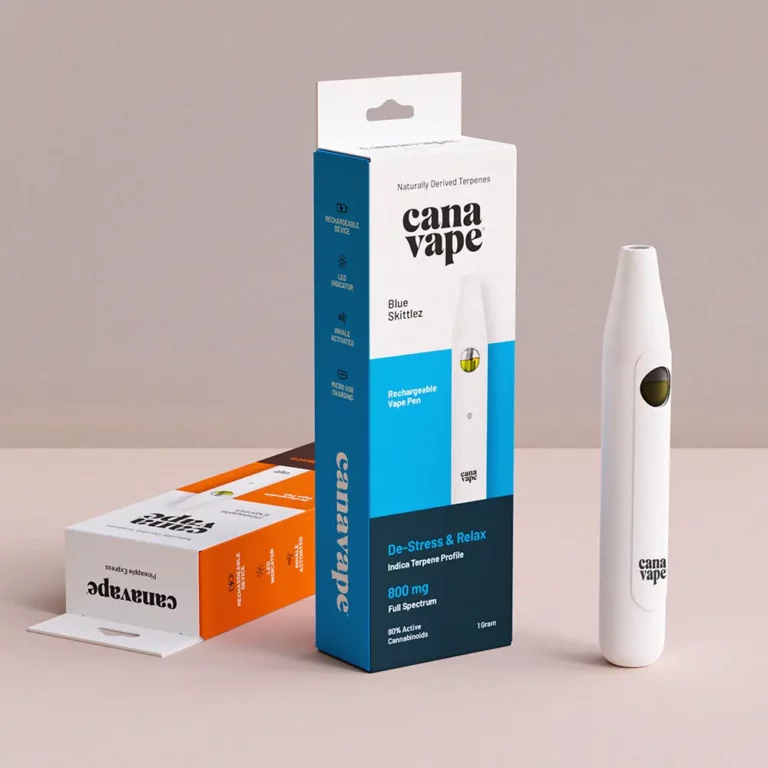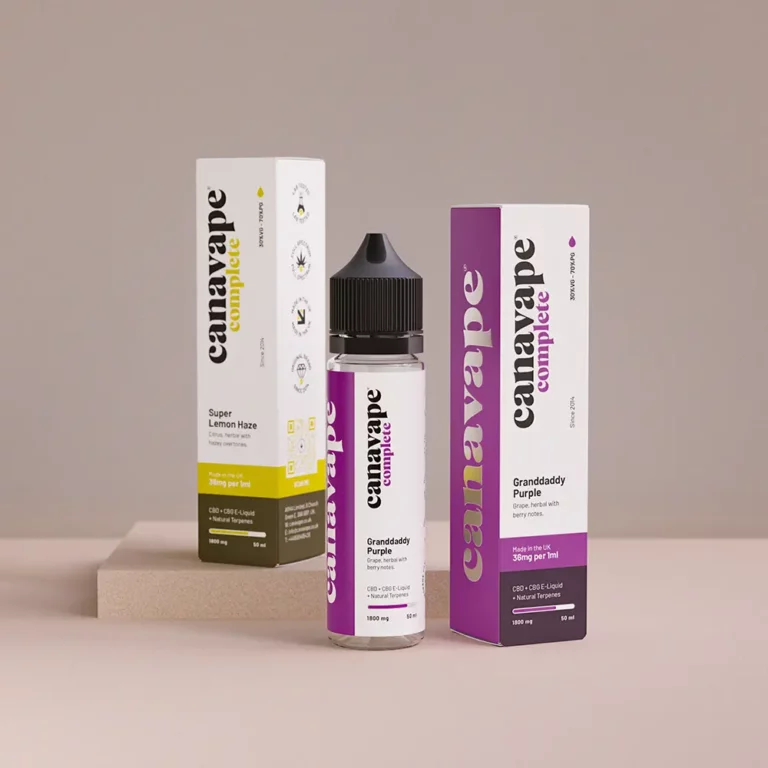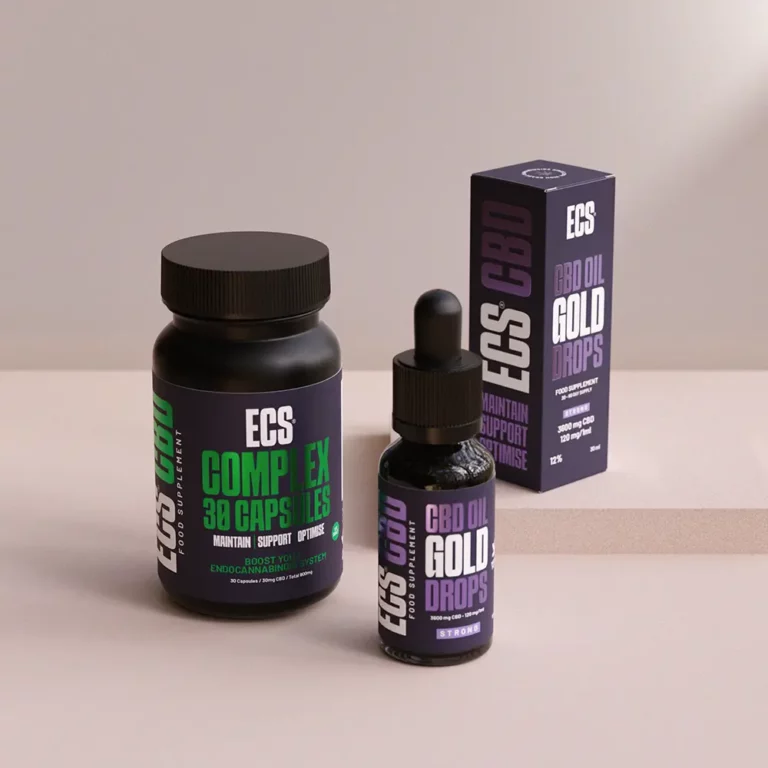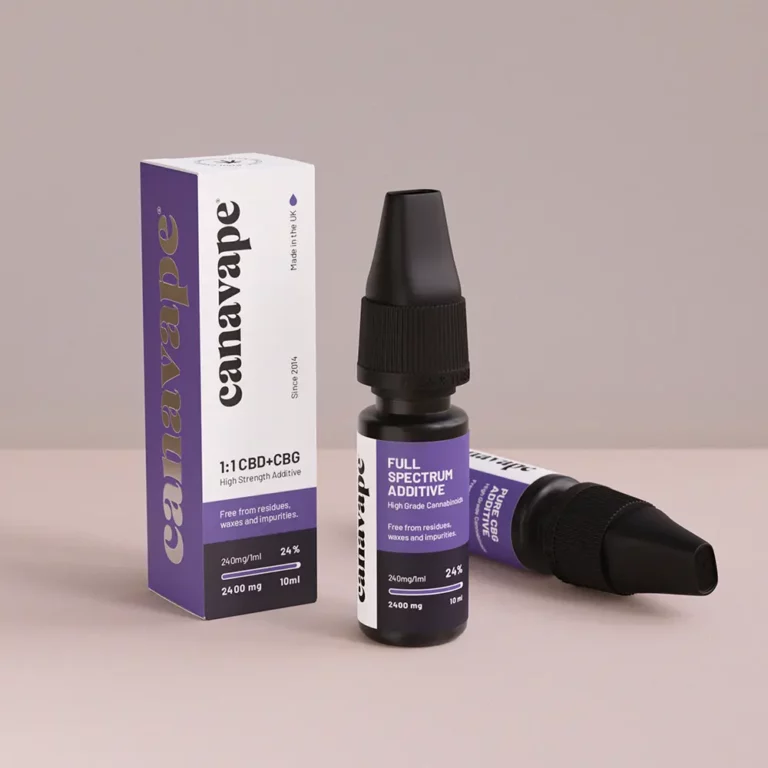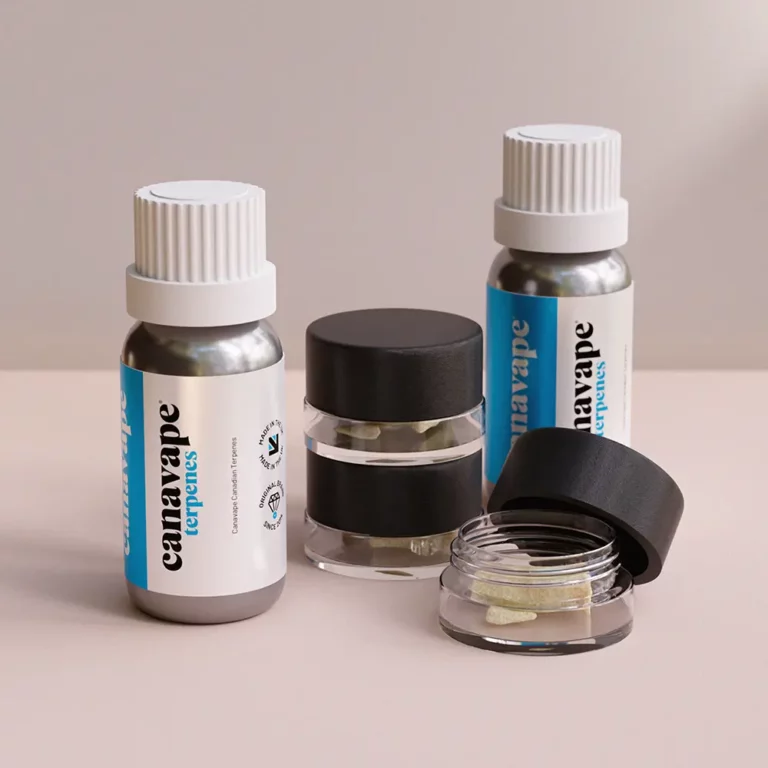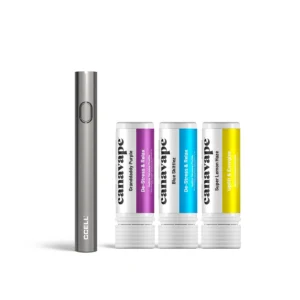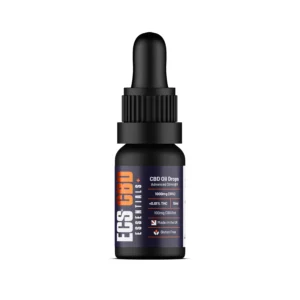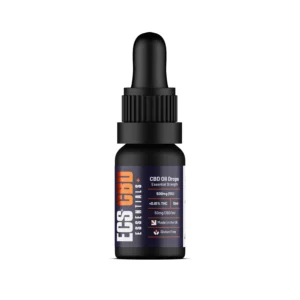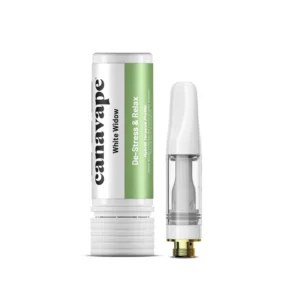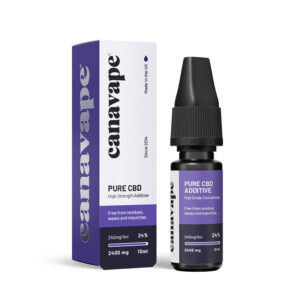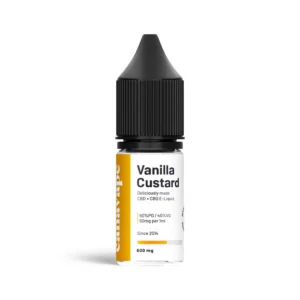When it comes to using CBD oil for dogs, pet owners often wonder how long it stays in their furry friend’s system. Understanding the duration of CBD oil’s effects can help you determine the appropriate dosage and frequency of administration for your dog.
Before we begin its important to note that to date, no proof exists suggesting that CBD is harmful to dogs; however, there is a gap in understanding regarding the appropriate dosage and its interaction with other drugs.
In the UK, no CBD products have received official approval for animal use. Both the Veterinary Medicines Directorate and the Food Standards Agency have not sanctioned CBD oil.
Should you be contemplating the use of CBD oil for your pets, consulting a veterinarian is crucial. By law, only a vet can legally prescribe a human CBD product that is safe for your pet.
The Definition of CBD Oil:
CBD, short for cannabidiol, is a natural compound found in the cannabis plant. Unlike its counterpart, THC, CBD does not have psychoactive effects and is known for its potential therapeutic benefits. CBD oil is a concentrated form of CBD that is extracted from the plant and mixed with a carrier oil, such as hemp seed oil or MCT oil, for easy administration.
Background:
Research on the use of CBD oil for dogs is still in its early stages, but preliminary studies suggest that it may have positive effects on various health conditions in canines. These include anxiety, pain, inflammation, seizures, and more. As more pet owners turn to CBD oil as a natural alternative, understanding its duration of action becomes crucial.
Key Principles:
The duration of CBD oil in a dog’s system can vary depending on several factors:
- Dosage: The amount of CBD oil administered to your dog plays a significant role in how long it stays in their system. Higher doses may take longer to metabolize and eliminate.
- Frequency of Use: Regular use of CBD oil can lead to its accumulation in the dog’s body, which may prolong its presence.
- Metabolism: Each dog has a unique metabolism that affects how quickly their body processes and eliminates substances. Factors like age, weight, and overall health can influence metabolism.
- Administration Method: The way CBD oil is administered can also impact its duration in the system. Sublingual administration (under the tongue) typically results in faster absorption and elimination compared to oral ingestion or topical application.
Components:
CBD oil consists of two main components:
- Cannabidiol (CBD): This non-intoxicating compound interacts with the endocannabinoid system (ECS) in dogs, which helps regulate various physiological processes, including pain perception, inflammation, and mood.
- Carrier Oil: CBD oil is mixed with a carrier oil to enhance its absorption and bioavailability. Common carrier oils used in CBD products for dogs include hemp seed oil and MCT oil.
How Long Does CBD Oil Stay in a Dog’s System?
The duration of CBD oil in a dog’s system can range from a few hours to several days. On average, CBD oil may stay in a dog’s system for about 24 to 48 hours. However, it’s important to note that the effects of CBD oil may subside before it is completely eliminated from the body.
It’s recommended to start with a low dose of CBD oil and gradually increase it if needed. This allows you to monitor their response and find the optimal dosage that provides the desired effects without causing any adverse reactions.
In conclusion, the duration of CBD oil in a dog’s system depends on various factors, including dosage, frequency of use, metabolism, and administration method. Understanding these factors can help pet owners make informed decisions when using CBD oil for their furry companions. If you live in a country where CBD oil is available for your dog it is crucial to consult with your vet before administering it.
